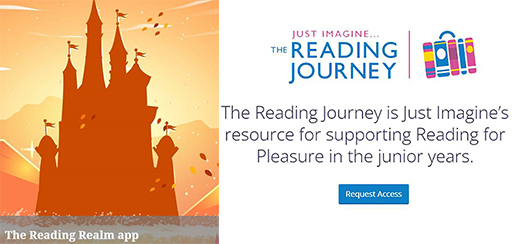7.1 On-screen reading
Time spent reading on screen is increasing for everyone in the 21st century but, according to research, parents still prefer print as opposed to digital books for their children. Studies from Australia (Nicolas and Paatsch, 2018) and the UK (Kucirkova and Littleton, 2016) indicate parents purposefully choose print books and consider digital books unsuitable for bedtime reading. In spite of this, data from a consumer survey of parents’ attitudes and practices highlights that the number of 0–2-year-olds spending between one and three hours a day on screen grew from 11% in 2014 to 42% in 2019 (David, 2020). While this may feel like a cause for concern, David observes that ‘when used appropriately with a parent, technology can provide an important route in to reading’. The key to this is parental support, however, worryingly, children from lower income families are reported to spend more time with digital media and are also more likely than children from wealthier families to use them without adult support or guidance (Kinzer et al., 2016). Given there are serious quality issues about the design of digital book apps, their inbuilt cause and effect model of teaching and limited nature, this is a cause for concern.
To discern the best quality book apps, parents and teachers can turn to the UKLA annual Digital Book Award. In 2020, the award was shared between The Reading Realm and Just Imagine’s The Reading Journey. You can also use the six criteria the teacher judges deploy for assessing the quality of book apps [Tip: hold Ctrl and click a link to open it in a new tab. (Hide tip)] .

